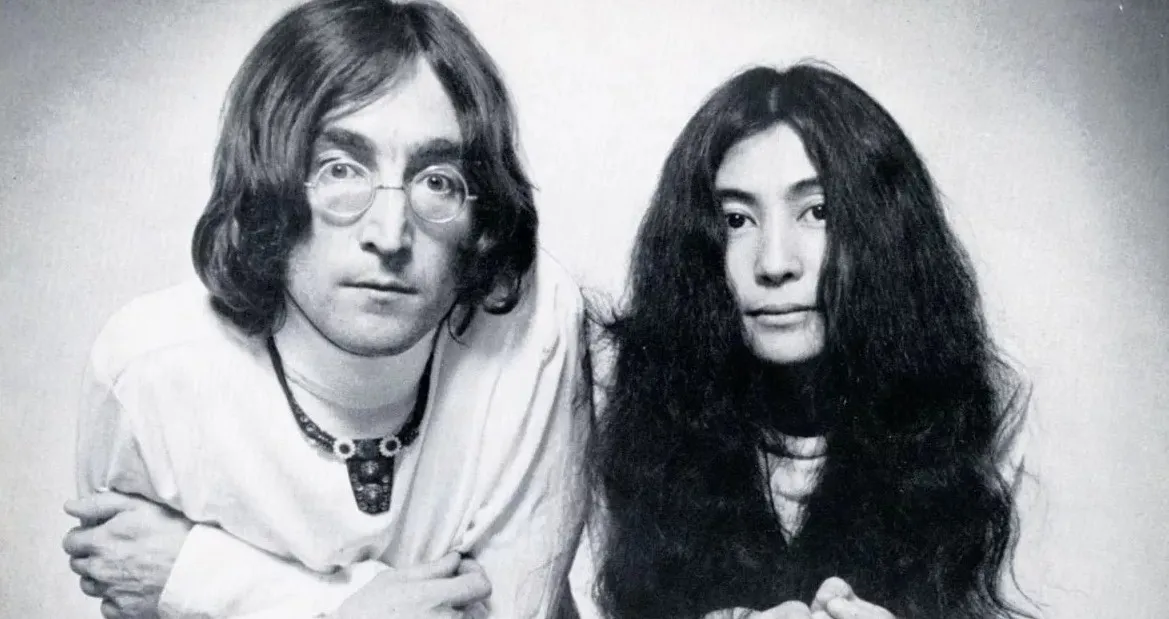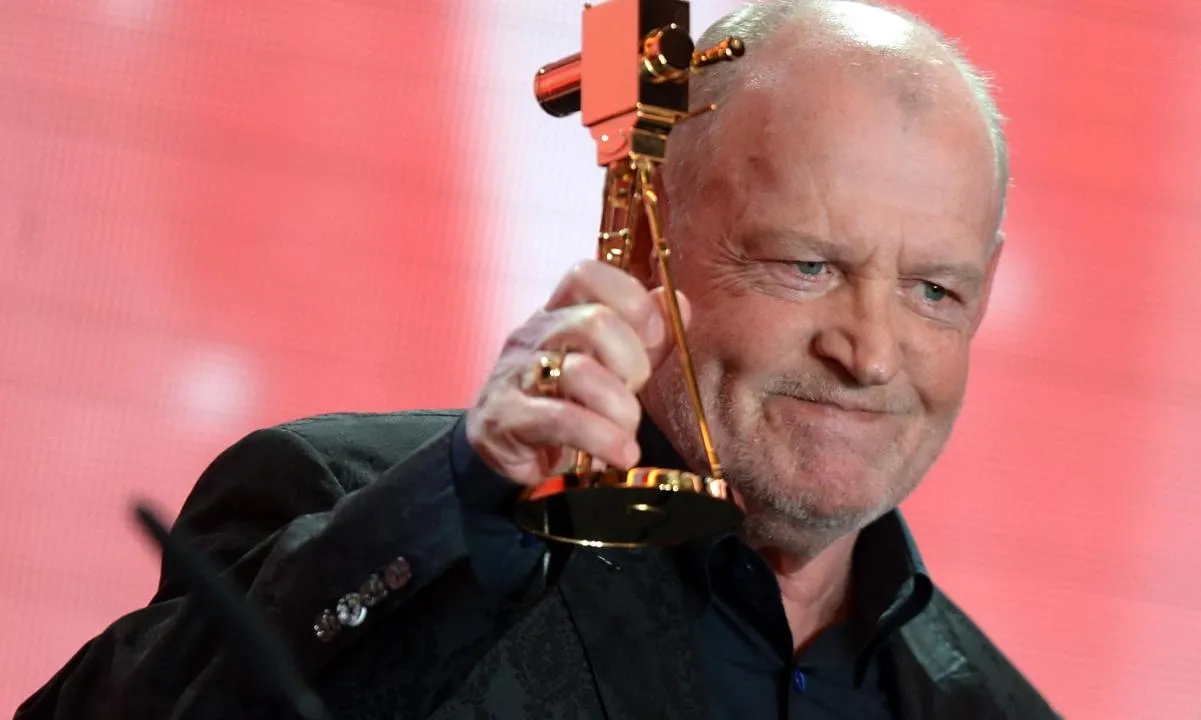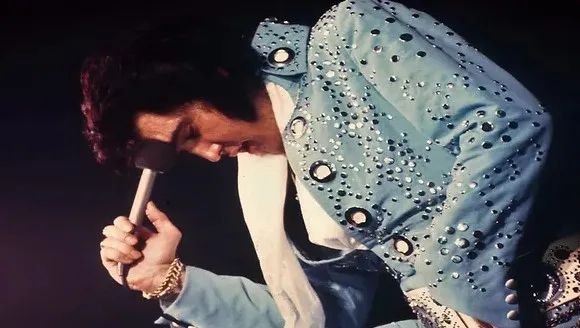Paul McCartney, one of the most influential musicians of all time, is known not only for his exceptional contributions to music but also for his ever-evolving style. While McCartney's clean-cut image during the early Beatles years is well remembered, there was a period when he sported a beard that became as iconic as some of his most famous songs. The beard, which he grew in the late 1960s, was not just a fashion statement; it was a symbol of the profound changes he and The Beatles were going through during that era.
The Late 1960s: A Period of Transformation
By the late 1960s, The Beatles had undergone significant changes both musically and personally. The band had moved away from their early pop sound and had begun experimenting with more complex, innovative compositions. Albums like "Sgt. Pepper's Lonely Hearts Club Band" and "The White Album" showcased the band's artistic growth and willingness to push boundaries.
Amidst this period of transformation, Paul McCartney began to grow a beard. The decision to let his facial hair grow out was more than a simple aesthetic choice; it was emblematic of a broader shift in his life. The late '60s were a time of exploration and experimentation, not just in music but also in lifestyle and personal identity. For McCartney, the beard was a way to break away from the clean-cut image that had been crafted for him during the early Beatles years.
The Influence of the Counterculture Movement

The late 1960s were characterized by the rise of the counterculture movement, which emphasized individuality, freedom of expression, and a rejection of traditional societal norms. The Beatles were at the forefront of this movement, both influencing and being influenced by the changing cultural landscape.
Paul McCartney's decision to grow a beard can be seen as part of this broader cultural shift. The beard was a symbol of rebellion against the expectations placed upon him as a pop star. It was a way for McCartney to express his individuality and to align himself with the values of the counterculture. The beard also signified a break from the past, a visual representation of the new direction The Beatles were taking in their music and their lives.
The Iconic Photos of Paul McCartney's Beard

There are several iconic photos of Paul McCartney with his beard that have become legendary among fans and music historians. These images capture McCartney at a time when he was at the height of his creative powers, experimenting with new sounds and ideas that would go on to define an era.
The "White Album" Sessions: One of the most famous photos of McCartney with his beard was taken during the recording sessions for "The White Album" in 1968. In these images, McCartney's beard is full and well-groomed, giving him a rugged, mature appearance. The contrast between this look and the clean-cut image of the early Beatles is striking, highlighting the band's evolution.
The Abbey Road Cover Shoot: Another iconic image of McCartney with his beard comes from the cover shoot for the "Abbey Road" album in 1969. While most people focus on the famous image of The Beatles crossing the zebra crossing, there are also several behind-the-scenes photos from this shoot that showcase McCartney's bearded look. These images have become synonymous with the end of The Beatles' career, as "Abbey Road" was the last album the band recorded together.
The "Let It Be" Sessions: During the "Let It Be" recording sessions in early 1969, McCartney continued to sport his beard. The accompanying film and photos from these sessions depict a band in turmoil, but McCartney's beard adds a sense of gravitas and introspection to his appearance. The beard in these photos has become associated with the more somber, reflective mood of the "Let It Be" project.
Paul and Linda's Wedding: Perhaps one of the most poignant images of McCartney with his beard is from his wedding day with Linda Eastman in March 1969. The photos from their wedding day show McCartney with a full beard, looking relaxed and happy as he embarks on a new chapter in his personal life. These images are beloved by fans as they capture McCartney at a time of personal joy and fulfillment.
The Symbolism of McCartney's Beard
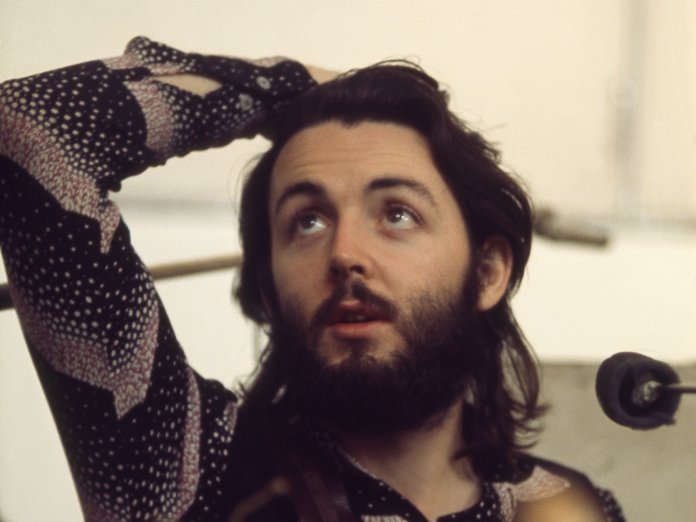
\Paul McCartney's beard in the late 1960s can be interpreted in many ways, each adding a layer of meaning to his public persona during this period. On one level, the beard represented McCartney's desire to break away from the expectations placed upon him as a member of The Beatles. The clean-cut, boy-next-door image that had been carefully curated by the band's management was no longer a reflection of who he was or who he wanted to be.
On another level, the beard was a symbol of maturity and introspection. The late 1960s were a time of great change for McCartney, both personally and professionally. The end of The Beatles was on the horizon, and McCartney was beginning to think about what his life and career would look like post-Beatles. The beard was a visual representation of this period of reflection and self-discovery.
Finally, McCartney's beard was a symbol of his connection to the counterculture movement. The beard aligned him with the values of the movement, particularly the emphasis on individuality and freedom of expression. In many ways, McCartney's beard was a rejection of the commercial, polished image that had been imposed on him, and an embrace of a more authentic, natural identity.
The Legacy of Paul McCartney's Beard

While Paul McCartney eventually shaved off his beard in the early 1970s, the images of him during this bearded period have left a lasting legacy. These photos continue to be celebrated by fans and have become an integral part of the visual history of The Beatles.
The beard itself has become a symbol of a specific moment in time, representing not just McCartney's personal transformation, but also the broader cultural shifts of the late 1960s. For many, the images of McCartney with his beard evoke a sense of nostalgia for an era when music was pushing boundaries and changing the world.
In recent years, McCartney has occasionally grown a beard again, often during periods of personal reflection or creativity. While these later beards may not carry the same cultural weight as the one he wore in the late 1960s, they serve as a reminder of the role that facial hair has played in McCartney's evolving public image.
Paul McCartney's Beard as a Cultural Icon
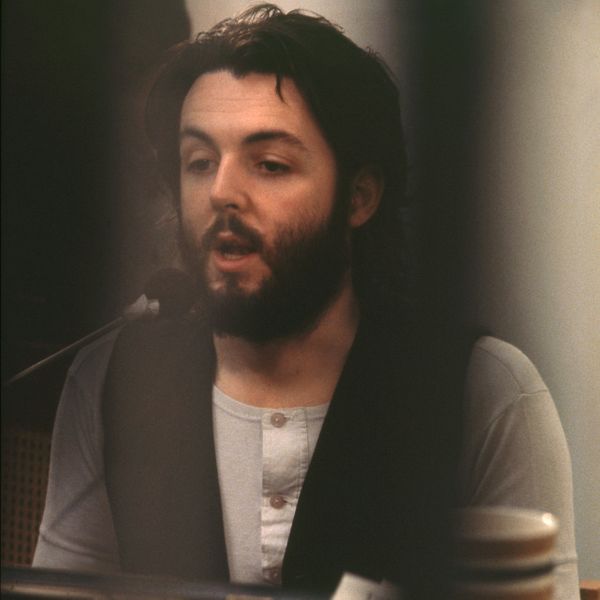
Paul McCartney's beard in the late 1960s was more than just a fashion statement; it was a symbol of the profound changes he and The Beatles were going through during that era. The beard represented McCartney's desire to break away from the expectations placed upon him as a pop star, and it aligned him with the values of the counterculture movement.
The iconic photos of McCartney with his beard continue to captivate fans, serving as a visual reminder of a time when music was at the forefront of cultural change. The beard has become a symbol of McCartney's maturity, introspection, and willingness to embrace new ideas and directions in his life and career.
Today, as we look back on the images of Paul McCartney with his beard, we can see how they capture a unique moment in time, a period when one of the greatest musicians of all time was navigating the challenges of fame, creativity, and personal growth. These photos are more than just snapshots; they are a testament to the enduring power of music, style, and the ability to reinvent oneself.

